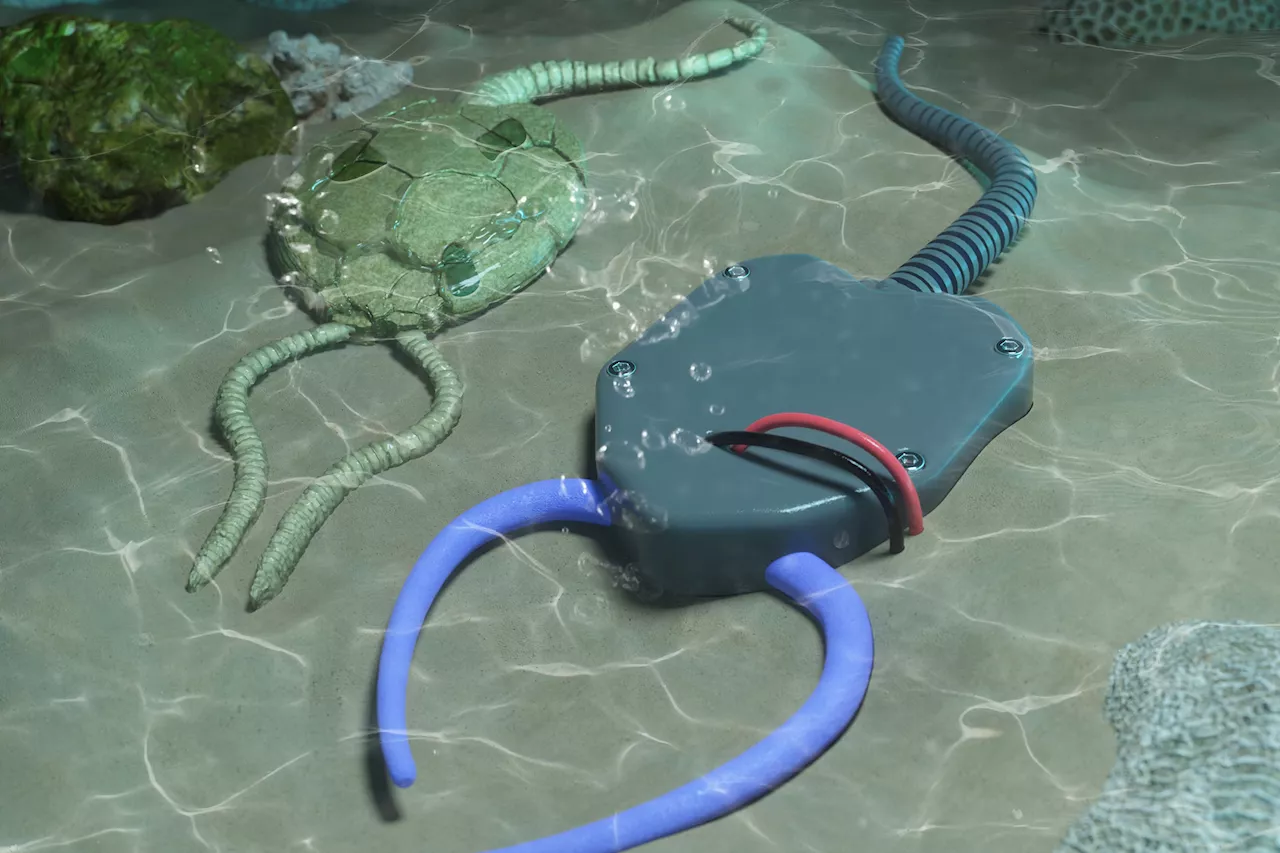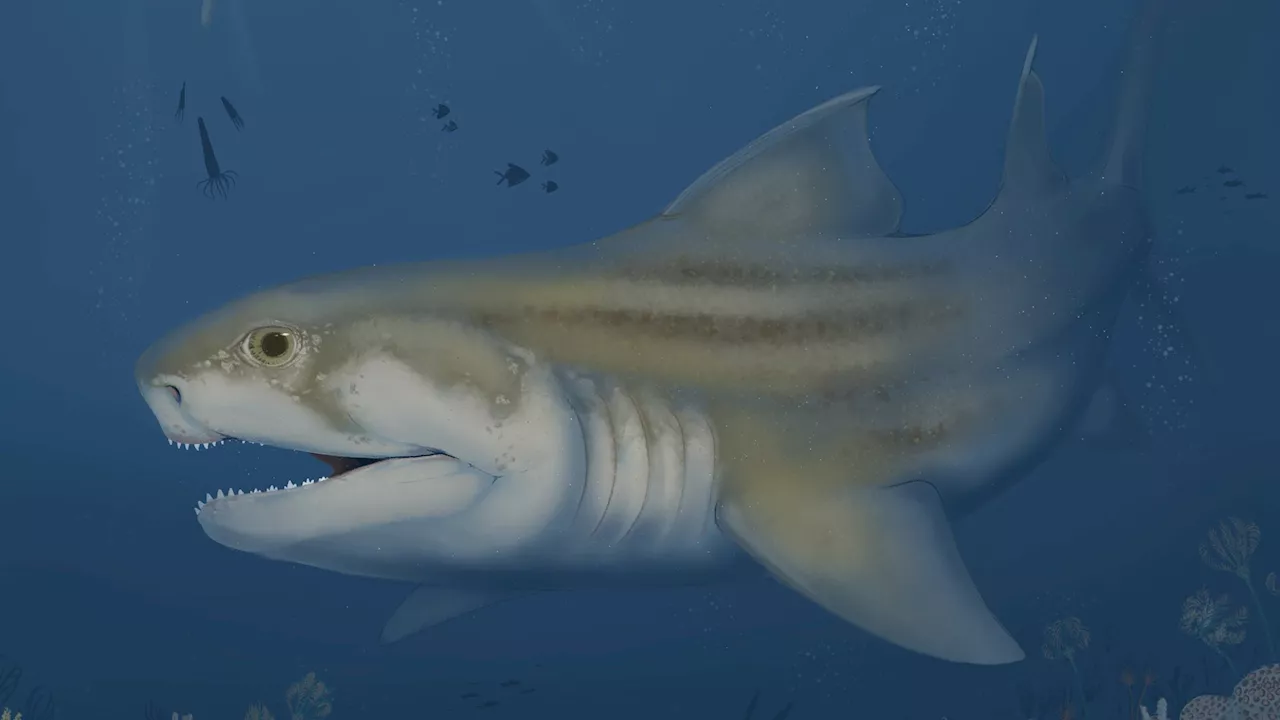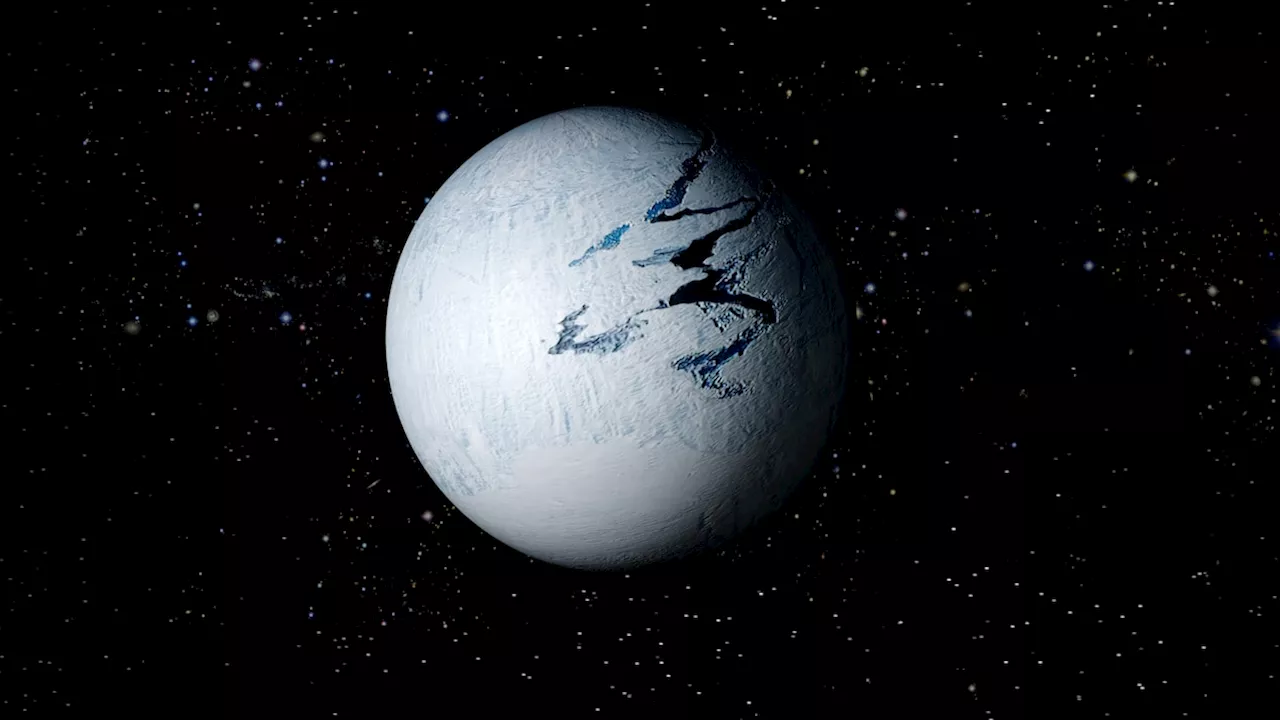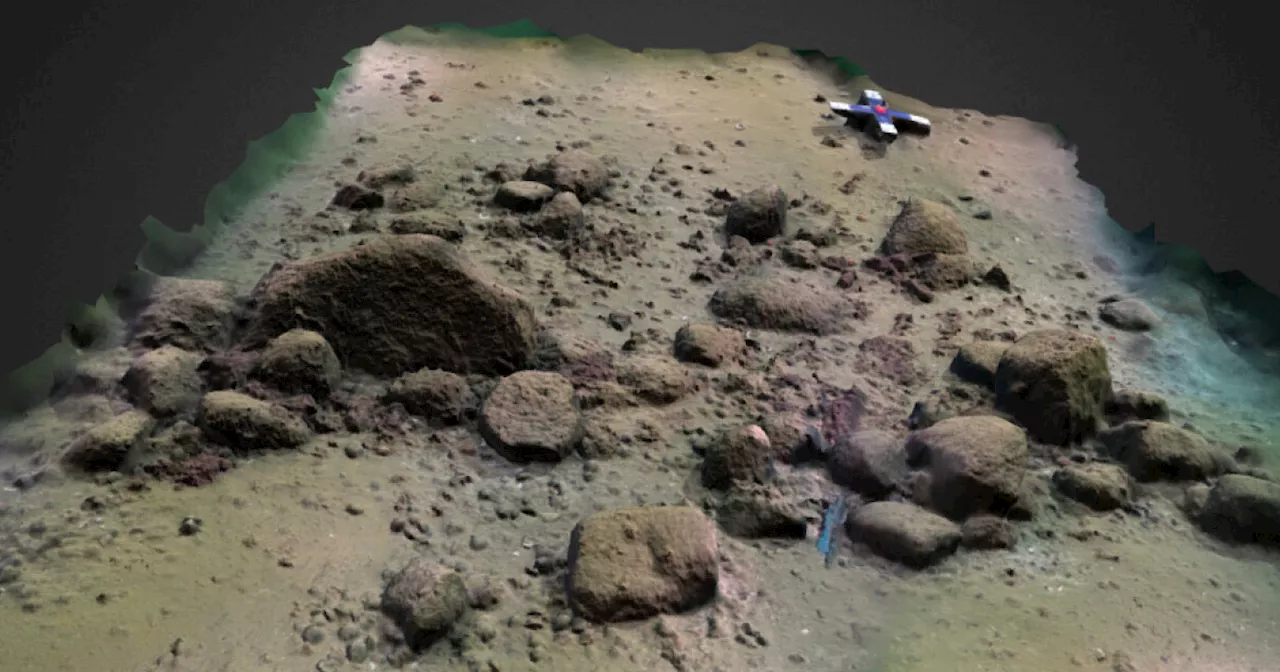Science and Technology News and Videos
Scientists have found a giant wall underneath the Baltic Sea — and they're pretty sure humans made it., the German research team who discovered the megastructure, which they've called the Blinkerwall, say they believe it was constructed for hunting on land.
With sediment dating estimates putting the Blinkerwall's age at between 10,000 and 11,000 years ago during the Stone Age, scientists say the uniformity of this lengthy structure — which runs for 971 feet, or roughly 60 percent of a mile — makes it seem more likely to have been made by humans than by the movements of glaciers or tsunamis. If they're right, it could be the "oldest man-made megastructure in Europe," the paper declares.
"When you chase the animals, they follow these structures, they don’t attempt to jump over them," first paper author Jacob Geersen explained in anIndeed, the geoscientists say in their paper that they found evidence of a second wall parallel to the larger Blinkerwall, but it's likely buried in sediments., it wasn't until 2021 that the Kiel team detected what they now call the Blinkerwall when out on a research expedition.
United States Latest News, United States Headlines
Similar News:You can also read news stories similar to this one that we have collected from other news sources.
 An Ancient Stingray Lookalike Inspires Underwater Soft RoboticsFossil animals are informing the field of soft robotics, and applications are abundant.
An Ancient Stingray Lookalike Inspires Underwater Soft RoboticsFossil animals are informing the field of soft robotics, and applications are abundant.
Read more »
 Submerged wall could be the largest Stone Age megastructure in EuropeA stone wall nearly a kilometre long found under the Baltic Sea may have been built by ancient hunters to channel deer into a confined space
Submerged wall could be the largest Stone Age megastructure in EuropeA stone wall nearly a kilometre long found under the Baltic Sea may have been built by ancient hunters to channel deer into a confined space
Read more »
 Three new ancient shark species discovered in Alabama and KentuckyLaura is a science news writer, covering a wide variety of subjects, but she is particularly fascinated by all things aquatic, paleontology, nanotechnology, and exploring how science influences daily life. Laura is a proud former resident of the New Jersey shore, a competitive swimmer, and a fierce defender of the Oxford comma.
Three new ancient shark species discovered in Alabama and KentuckyLaura is a science news writer, covering a wide variety of subjects, but she is particularly fascinated by all things aquatic, paleontology, nanotechnology, and exploring how science influences daily life. Laura is a proud former resident of the New Jersey shore, a competitive swimmer, and a fierce defender of the Oxford comma.
Read more »
 An asteroid may have turned ancient Earth into a snowballMore than 600 million years ago, the planet would have been unrecognizable.
An asteroid may have turned ancient Earth into a snowballMore than 600 million years ago, the planet would have been unrecognizable.
Read more »
 Idaho Lake Deposits Could Give Scientists Insight Into Ancient Traces Of Life On MarsThe key to understanding life on other planets could be hidden on our own.
Idaho Lake Deposits Could Give Scientists Insight Into Ancient Traces Of Life On MarsThe key to understanding life on other planets could be hidden on our own.
Read more »
